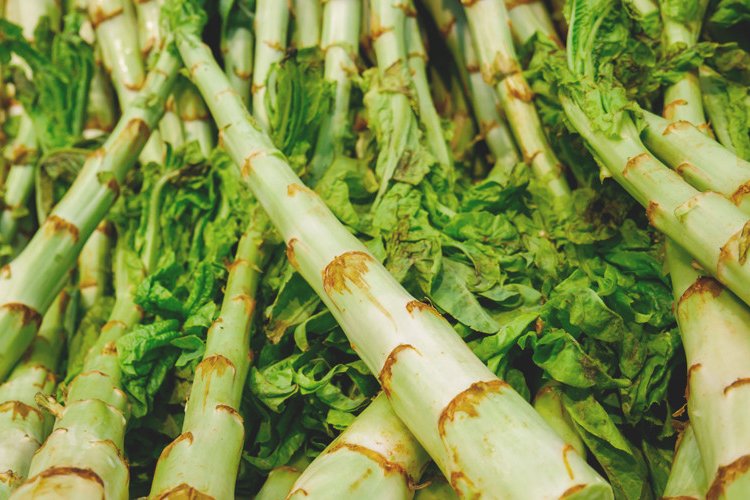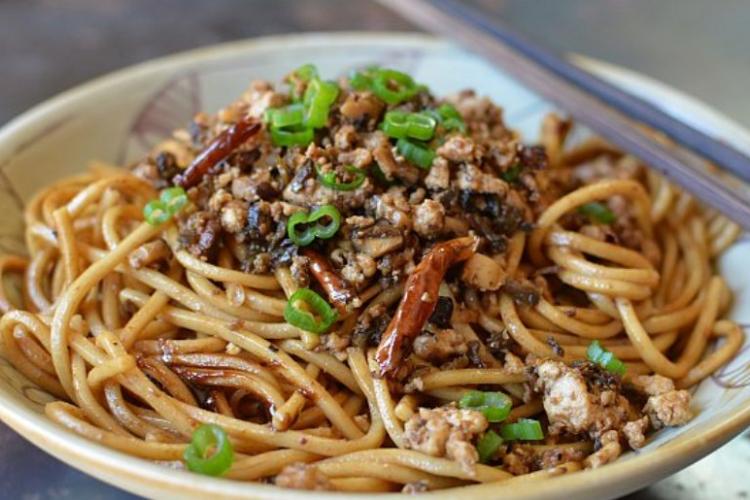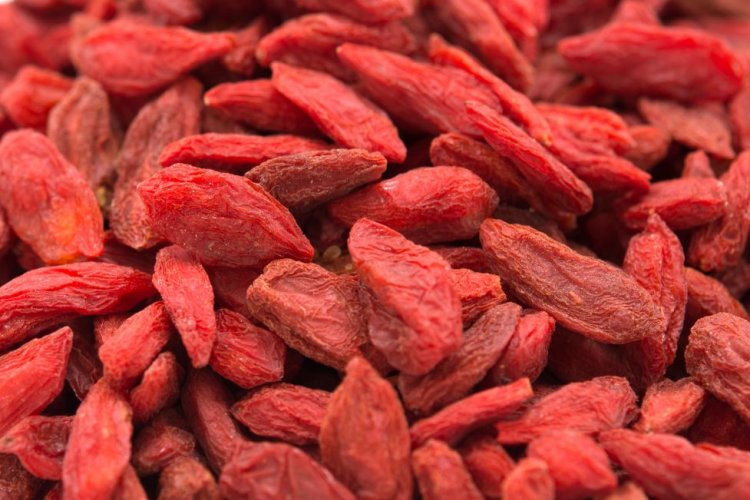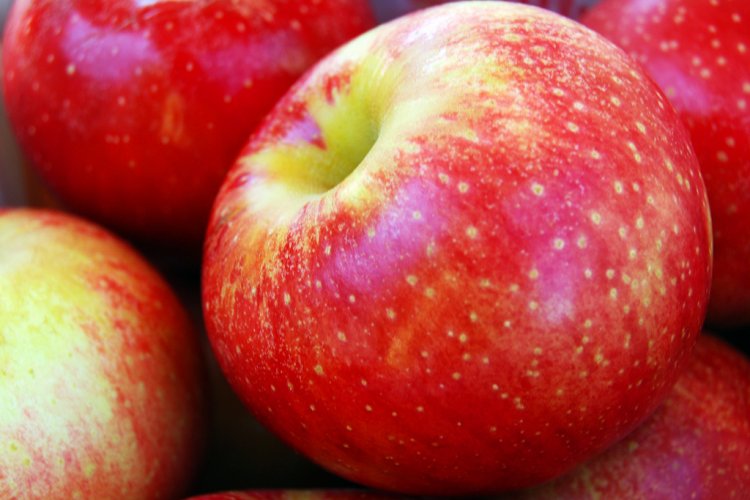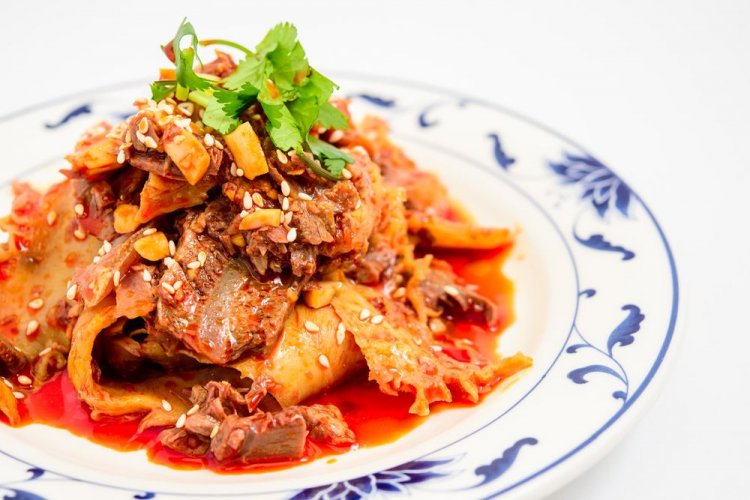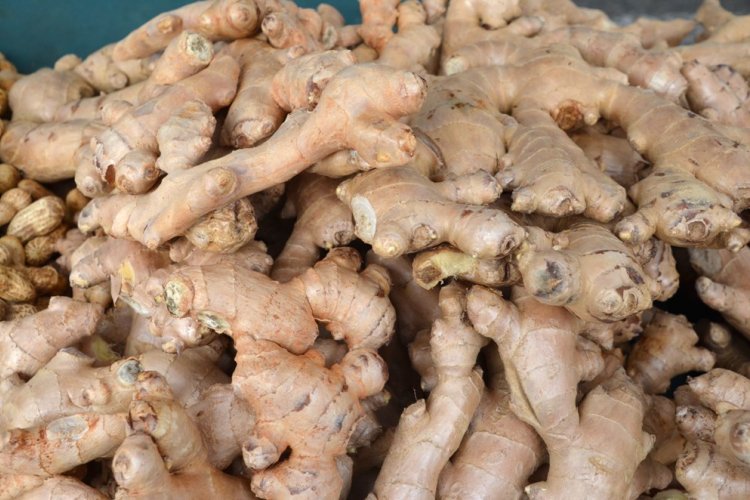Wokipedia: X is for ...
“Wokipedia” is a regular magazine column in which we introduce aspects of Chinese gastronomy, one letter at a time. This month, 'X' gets the treatment ...
… xigua西瓜
China’s ultimate summer snack isn’t native here, hence its designation as being from the West. Served year-round, it is an encounter with watermelon salespeople that often gives foreign visitors their first taste of price-fixing. Dine at any Chinese home in Beijing, and in many restaurants, and the meal will end with sliced watermelon, the seeds being spit on the table or the floor.
… xiangcai香菜
Also known as yansui (芫荽), coriander or cilantro is a popular ingredient in Beijing cuisine. Expect to get some along with chopped spring onions on top of the sesame paste that accompanies lamb hotpot (shuan yangrou) or its spicier Sichuanese cousin, Chongqing hotpot. Not native to Beijing or northern China, xiangcai is thought to have antioxidant properties, although it can also produce allergic reactions in some.
… xifan稀饭
Among the delights found in Chinese cuisine, xifan or rice porridge is among the dullest of the dull, and yet a breakfast staple for millions of Chinese. Essentially similar to the usually flavored congee, xifan is the easiest way to reuse leftover rice. Although normally a more wheat-consuming area, it’s quite popular in Henan province. Cooked rice is soaked, then heated in water with the opportunity to add herbs, spices, or small fruit, depending on preference and local custom. Like the rice itself, xifan isn’t the center of a meal, but some people won’t feel like they’ve eaten unless they’ve had it.
… xia虾
This one is a simple favorite: shrimp. In China, they tend to be peel-and-eat, but they also find their way into numerous regional cuisines, even in provinces that are landlocked. They appear as part of the flavoring in a lamb hotpot as xiami, literally “shrimp rice,” tiny shrimp so small it feels like they should have been thrown back. Shrimp are now also consumed as xiahua, a shrimp paste. There’s also our favorite xia – the “dragon shrimp,” or longxia, known in English as lobster. But that’s a tale for another letter.
Photo: Courtesy of Phu Thinh Co (Flickr)

